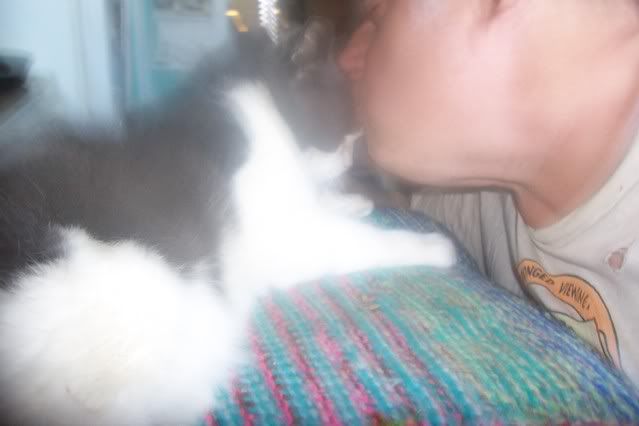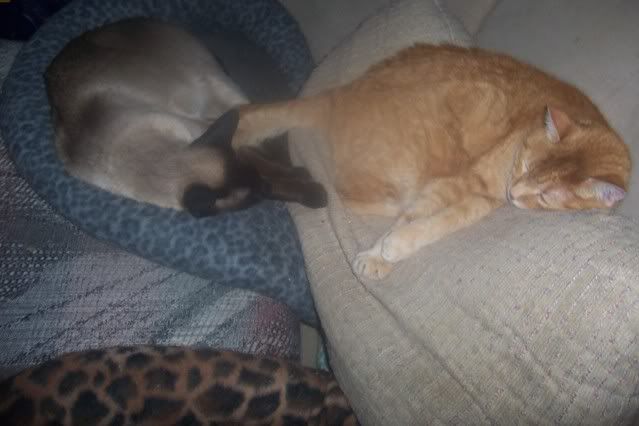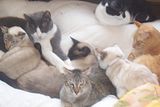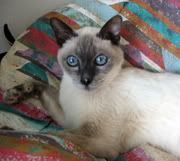Symptoms
Calicivirus affects the upper respiratory system, the eyes, the musculoskeletal system, and the gastrointestinal tract. Common symptoms include the following:
Acute, painful lameness due to tenderness in the joints (arthritis) or muscles (myalgia)
Fever
Mild loss of appetite
Pneumonia, often accompanied by labored, difficult breathing
Ulcerations (pus-filled sores) on the tongue, palate, lips, or tip of the nose
Ulcers around the claws, on the bottom of the feet and between the toes
Upper respiratory infection with eye and nose discharge, (usually with little sneezing)
Calicivirus infection usually develops suddenly. Most infected cats appear healthy and alert; they may have ulcers and no other symptoms (i.e., no fever or pain). Some cats may have mild secondary bacterial infections that are similar to those associated with FHV.












 Reply With Quote
Reply With Quote

 or get "roid rage"...nah...not sweet Michael
or get "roid rage"...nah...not sweet Michael 





 AND THEY WILL HAVE THE SUN.
AND THEY WILL HAVE THE SUN.

Bookmarks